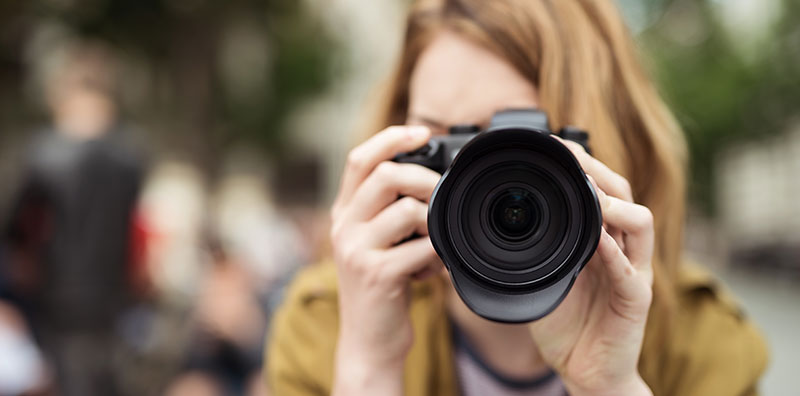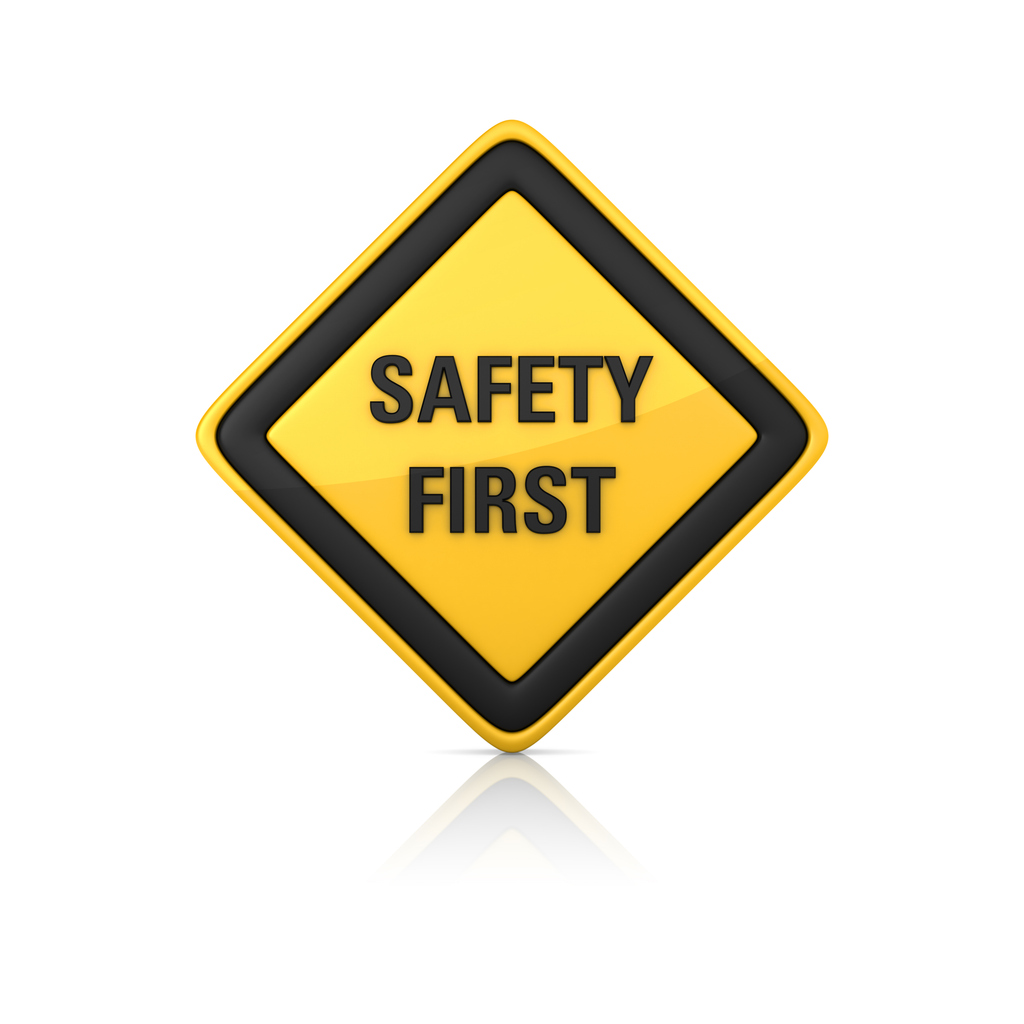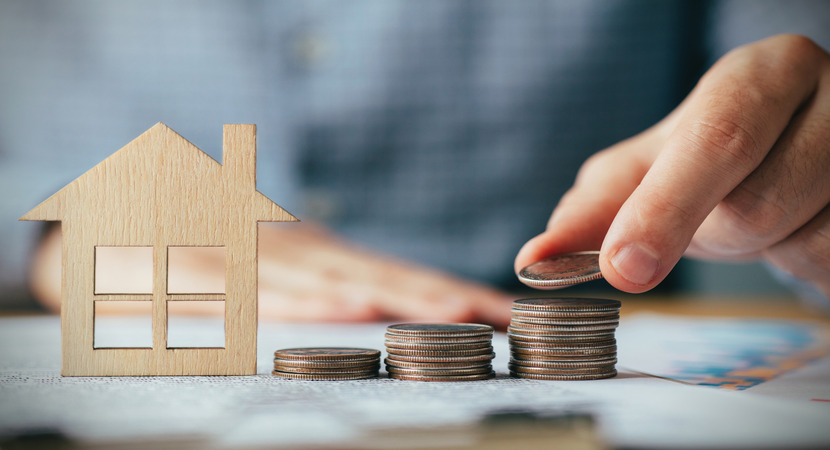This post is Part Two of our Four-Part Marketing Series. This sequence of articles will dive into four key aspects of marketing your residential property management company. Whether you’re just getting started or you’re looking to take your marketing to the next level, this series will provide you with actionable insights and takeaways.
[Part 1] Digital Curb Appeal: Building a Better Website for Your Property
As we mentioned in Part 1 of this series, photography is #1 on our must-have content for property management marketing and websites. Renters spend more than half of their online search looking at the images of potential residences, so it needs to be an area of focus for property managers.
“I’m a property manager, not a photographer.” We hear you. That’s why we’re providing some essential tips and tools you can use to take beautiful images of your property and put your best foot forward online.
3 Key Aspects to Photography
Let’s begin by talking about the basics of photography and the three things to keep in mind when capturing images of your property.
1. Lighting
The biggest key to a beautiful photo is lighting. It’s important to always take lighting into account and make sure your image is going to be visually appealing for the viewer. Good lighting can make your property feel fresh, new, and inviting. The easiest way to ruin a photo is to shoot when it’s too dark, as it gives the space the appearance of being old and dull. When taking photos of your property, be sure to utilize as much natural light as possible. Make sure blinds and curtains are open, so you can showcase the natural light. You also want turn on any available interior lights to add brightness to the spaces.
2. Composition
Composition is all about the layout and arrangement of the photo. When photographing your property, you may find arranging your images to be a challenge, especially if the space has rooms that are smaller. Composition is key to representing your property in an appealing way. If you don’t fit enough of the room into the photograph, it may be viewed as smaller than it actually is. A properly composed photograph captures key details and features of a room, and makes it appear more inviting. After all, the point of photographing your property is to appeal to your potential residents and drive interest in your unit.
TIP! For a better composition of a smaller space, stand in the doorway when taking your photos.
This will help you capture a more appealing angle and avoid making the area appear cramped.
3. Editing
Once your images are taken and you’re back at the office, you’ll want to consider editing them. This means making sure the brightness and exposure looks good, but can also mean using tools like Adobe Photoshop to edit out unsightly elements. But this is an area where you need to be careful, as there’s a fine line between enhancing and misleading. It’s important that the images you capture and share represent your property honestly and authentically.
Here are some Do’s and Don’ts for editing your images.
Good
- Brighten images
- Photoshop a blue sky if it’s a gloomy day
- Add watermarks to your photos
Not Good
- Edit out permanent features of the building (satellite dishes, power lines, etc)
- Edit out stains or damage to the unit
- Adding items that aren’t actually at the property – such as Photoshopping grass and enhancing the landscaping.
3 Key Pieces of Equipment
Knowing some fundamental aspects of photography is important when trying to capture enticing images of your property. After that, the question becomes: what equipment are you going to use? If you have the budget available to hire a real estate photographer, that’s another responsibility you can check off of your list. If you aren’t quite ready to bring in a professional, though, you have plenty of options to create the strong imagery to draw prospects.
1. Camera
The key tool in photography is obviously the camera. If you’ve decided you want to handle your shoots in-house, you should still consider purchasing a digital single-lens reflex (DSLR) camera. Investing in a professional-quality digital camera enables you to produce significantly higher-quality images than those your smartphone can provide.
If a DSLR isn’t an option right now, the easiest solution is to use your smartphone. The cameras in today’s mobile devices are more than capable of capturing great images when you follow the key aspects discussed above. When it comes to the quality of your finished pictures, the adage “you get what you pay for” certainly rings true in the professional photographer vs. DSLR vs. smartphone decision.
2. Lens
The camera isn’t the only piece to the picture puzzle. A wide-angle lens comes in handy when photographing properties, as it allows you to capture your full scene. For interiors, this means you can fit more of your space in each image, helping your prospects get a clearer picture of the depth and layout of the unit. As we mentioned earlier, composition is a key aspect of photography, and a wide-angle lens helps solve the challenge of photographing a modest interior space.
This isn’t just an accessory for those with a DSLR camera, either. Wide-angle lens attachments for smartphones are becoming more and more popular for shutterbugs who want to take better images using their mobile device. If you’re planning to use your smartphone for your photography, look into the wide-angle lens options that are compatible with your device.
3. Tripod
The last piece of equipment we think every property manager should consider when it comes to photography is a tripod. If you’re using a DSLR camera, a tripod is a great tool to help ensure you snap high-quality pictures that you (and your audience) will love. When taking photos directly from a handheld position, even the slightest shake or movement can cause your beautiful photo to be ruined. Even the most basic tripod will help stabilize the camera and remove the risk of images appearing blurry.
Other Things to Consider
Always Plan Ahead
Before arriving for your photoshoot, plan a list of the shots you want to capture. This helps things run more efficiently and eliminates the possibility of returning to the office, uploading your images, and realizing you completely forgot to photograph the second bathroom. There are certain pictures you’ll always want to get, regardless of what the space looks like.
- Entrance
- Exterior
- Multiple interiors (kitchens, living rooms, bedrooms, hallways)
- 3-4 amenities
On that same note, take multiple photos of each room, and from different angles. This is a must, especially if you’ve opted to take the photos from a handheld position vs. a tripod. This again will help eliminate blurry photos by giving you multiple images to select from.
Staging vs. Empty
Are you going to furnish and stage the space, or leave it empty? Adding furniture and staging the unit can help viewers picture how their items would fit in the space. It also helps provide scale to the viewer. This can be an important way to add extra value to your listings and show prospects the best ways to get the most out of the space. If you are going to stage the unit, remember to keep it simple. The items you choose to furnish the space with should be neutral and minimalistic in an effort to appeal to a wider audience. This means there shouldn’t be any personal photos or aggressive color schemes.
Bonus
Video
If you’re looking to go the extra mile to create engaging media for your potential residents, leveraging video is a great way to do that. A video walk-thru enables viewers to experience the entire layout of the space. The same key aspects and tools we discussed in this article for photography remain true in the world of video.
Aerial / Drones
If your property is in a prime location or on a large plot of land, you may want to consider using a remote-controlled drone to capture images and video from the air. Check with your local community for registered drone pilots who can help you take your imagery to new heights.






